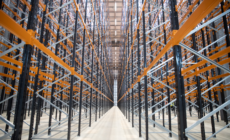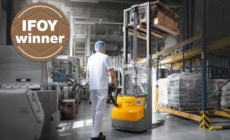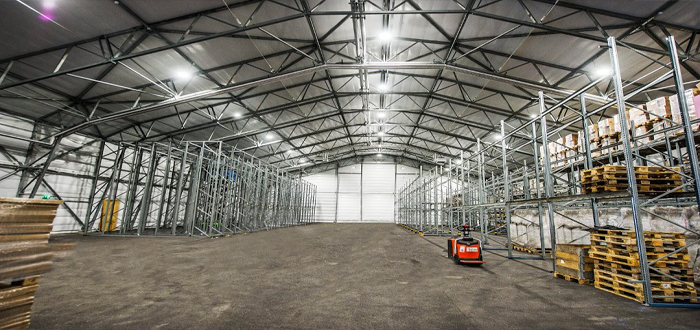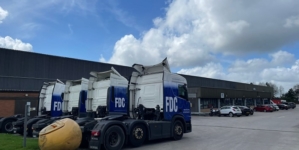-
ROSSLARE EUROPORT TARGETS HEALTH & SAFETY WITH CAMERA TELEMATICS PARTNERSHIP - 2 days ago
-
Landmark Study Reveals Wearable Robotics Significantly Boost Safety and Efficiency in Industrial Environments - July 24, 2024
-
Visku Tackle The Retail Seasonality Challenge One Pallet At A Time - July 22, 2024
-
KAMMAC AND BERGEN LOGISTICS STRENGTHEN FASHION & LIFESTYLE SERVICES IN THE UK - July 19, 2024
-
TENTBOX EXTENDS PARTNERSHIP WITH ARROWXL TO SUPPORT INCREASING DEMAND - July 17, 2024
-
The Perfume Shop improves customer journeys while driving profitability in partnership with Scurri - July 17, 2024
-
ZEROMISSION SECURES £2.3M ($3M) INVESTMENT TO ACCELERATE ELECTRIC FLEETS - July 16, 2024
-
BCMPA CELEBRATES SUCCESS OF 2024 CONFERENCE - July 15, 2024
-
Best of the Best: Jungheinrich Celebrates Triple International Award Win - July 12, 2024
-
GOPLASTICPALLETS.COM CALLS ON NEW CHANCELLOR RACHEL REEVES TO CONSIDER PLASTIC PACKAGING TAX REFORM - July 10, 2024
The continuing growth of online shopping drives demand for new adaptable warehousing
Over the past decade online shopping has escalated at a phenomenal rate in the UK resulting in a demand for warehouse space which has nearly doubled.
Between 2007 and March 2018, around 235 million sq ft of warehouse space was leased or purchased across the United Kingdom which is equivalent to more than 3,000 Wembley Stadiums. According to CBRE about 60% of this warehousing space is used by retailers, feeding the demand of online shopping.
According to John Munnelly, Head of Operations at John Lewis: “Logistics is becoming the new retail”. 65% of activity in logistics is retail driven. A greater shift towards online business means a greater demand and competition for cost effective 3PL storage space so companies can adapt to eCommerce demands and the demands of their customers.
Amazon took a quarter of available UK logistics space in 2016 and the key takeaway from this is that businesses are going to need a lot more warehouse space for storing more product in the UK. They are also looking for the ability to be able to make structural alterations to accommodate future demands.
Flexibility, agility, capability and dependability are the key factors when looking forward at warehousing. How can warehousing cope with the demand and growth of online shopping? One answer is modular designed semi-permanent structures. Rubb Buildings a is UK manufacturer of these type of structures, and the company has seen an increase in the demand for adaptable warehousing.
Rubb Buildings Ltd Managing Director Ian Hindmoor commented “Feedback from our customers suggests that they are planning for the future, to be able to maintain the flow of their production and fulfil the demand from their customers. Rubb storage facilities provide an alternative and sustainable solution to traditional storage warehouses. To keep up with this ever-changing environment a semi-permanent fabric structure helps save on costs and is able to adapt to the changing requirements of the end user.”
Flexible warehouse space provides businesses with many unique advantages. The benefits of semi-permanent structures include fast design, manufacture and construction, with the flexibility to be adapted, modified, extended or relocated if needed. This allows clients to adapt quickly to change.

































